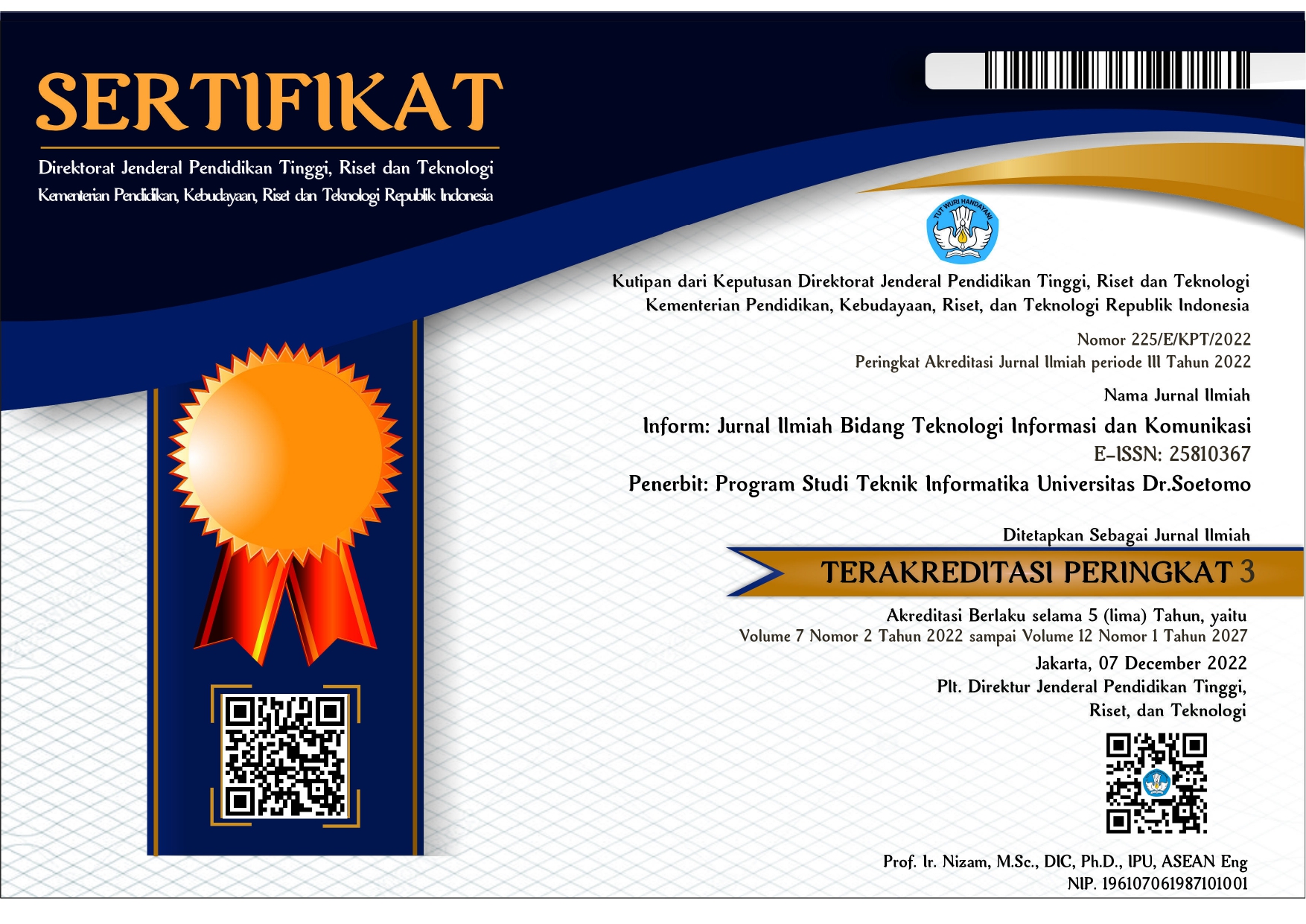Optimization Economic and Emissions of Hydro and Thermal Power Plants in 150 kV Systems Using the Dragonfly Algorithm
 Abstract views: 342
,
Abstract views: 342
,
 PDF downloads: 158
PDF downloads: 158
 Ethical Statement (Bahasa Indonesia) downloads: 0
Ethical Statement (Bahasa Indonesia) downloads: 0
 (Bahasa Indonesia) downloads: 0
(Bahasa Indonesia) downloads: 0
 (Bahasa Indonesia) downloads: 0
(Bahasa Indonesia) downloads: 0












